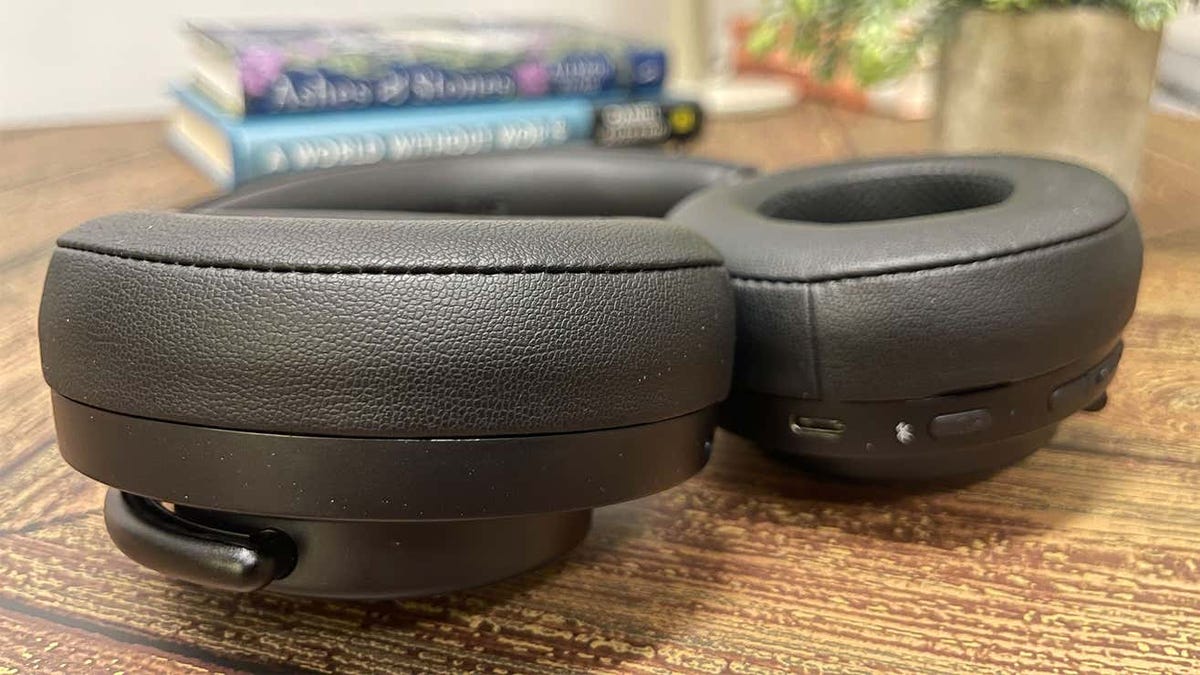You’ve probably seen the letters ‘ANC’ everywhere when shopping for headphones or earbuds. But you’ve probably got a vague idea of what ANC does and often wondered if you really needed it or not. We’ve put together a little guide explaining what it is, how the noise-canceling tech works, and why (or why not) you need it in your next pair of headphones.
What is ANC?
Simply put, ANC, short for Active Noise Cancelation, is a feature on your headphones that reduces unwanted background noise so you can enjoy your music better. It was initially introduced on over-ear headphones, but thanks to tech getting smaller and more advanced, it can now squeeze into wireless earbuds, too.
I believe Shure’s latest Aonic 50 Gen 2 headphones offer brilliant ANC, but they do come at a steep price of $350. Cleer’s Alpha ANC is a relatively cheaper option at $200, featuring powerful noise cancelation. For earbuds, Master & Dynamic’s latest release, the MW09, is my premium pick for excellent ANC, and Samsung’s Galaxy Buds FE, at $100, is my pocket-friendly recommendation.
While the noise cancelation part is pretty straightforward, you might wonder what the ‘active’ in ANC refers to. So, there’s another kind of noise cancelation, Passive Noise Cancelation, and the ‘active’ exists to differentiate ANC from that.
Passive Noise Cancellation doesn’t use advanced tech; it relies only on your device’s ear cups to remove unwanted noise. This feature works best on large on-ear headphones or headsets with thick rubber earcups muting most of your ambient sound. But just like ANC, it’s also made its way to earbuds.
If there were an opposite of ANC, it would be Transparency mode. As the name suggests, Transparency mode allows ambient sounds to pass through your buds if you want to stay aware of what’s happening around you. It’s usually a good idea to turn it on on the street for safety reasons.
What if you want a high cancelation level when there’s noise and not as much when it’s quieter? There’s a mode for that, too. Adaptive Noise Cancellation adjusts to your environment and can tweak its level based on the loudness of your surroundings. If you want control of that instead of letting the algo do its job, there’s an Adjustable ANC mode on some audio devices, too. This allows for manual adjustment from your end.
Here’s how the tech works. Mics outside the earbud listen to ambient sounds to silence them. A mic or two inside the bud also listens to your voice. The mics then produce sound waves that neutralize the unwanted ambient sound. Bang & Olufsen puts it nicely. “It’s a bit like taking +2 outside and adding -2 inside to make zero.”
Do I Need ANC?
Requiring ANC on your headphones is ultimately based on personal preference and lifestyle. Sure, if you have a regular long, busy commute that doesn’t let you listen to your audiobook in peace. If you only use your headphones or earbuds at home and don’t live in a noisy neighborhood, you can pass on the feature, too.
But especially with the ANC tech getting so budget-friendly, it’s nice to opt for a device that does offer it. It’s an excellent feature to have handy. Even if you’re blessed enough to live in a tranquil neighborhood, you might need it on your next flight or when you want to work with the washing machine running in the back. We live in a noisy world, and ANC can be more beneficial than you think.
Want more of Gizmodo’s consumer electronics picks? Check out our guides to the best laptops, best TVs, and best headphones. If you want to learn about the next big thing, see our guide to everything we know about the iPhone 16.

